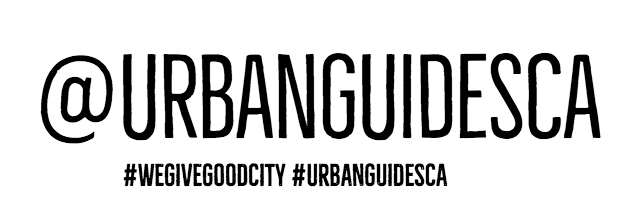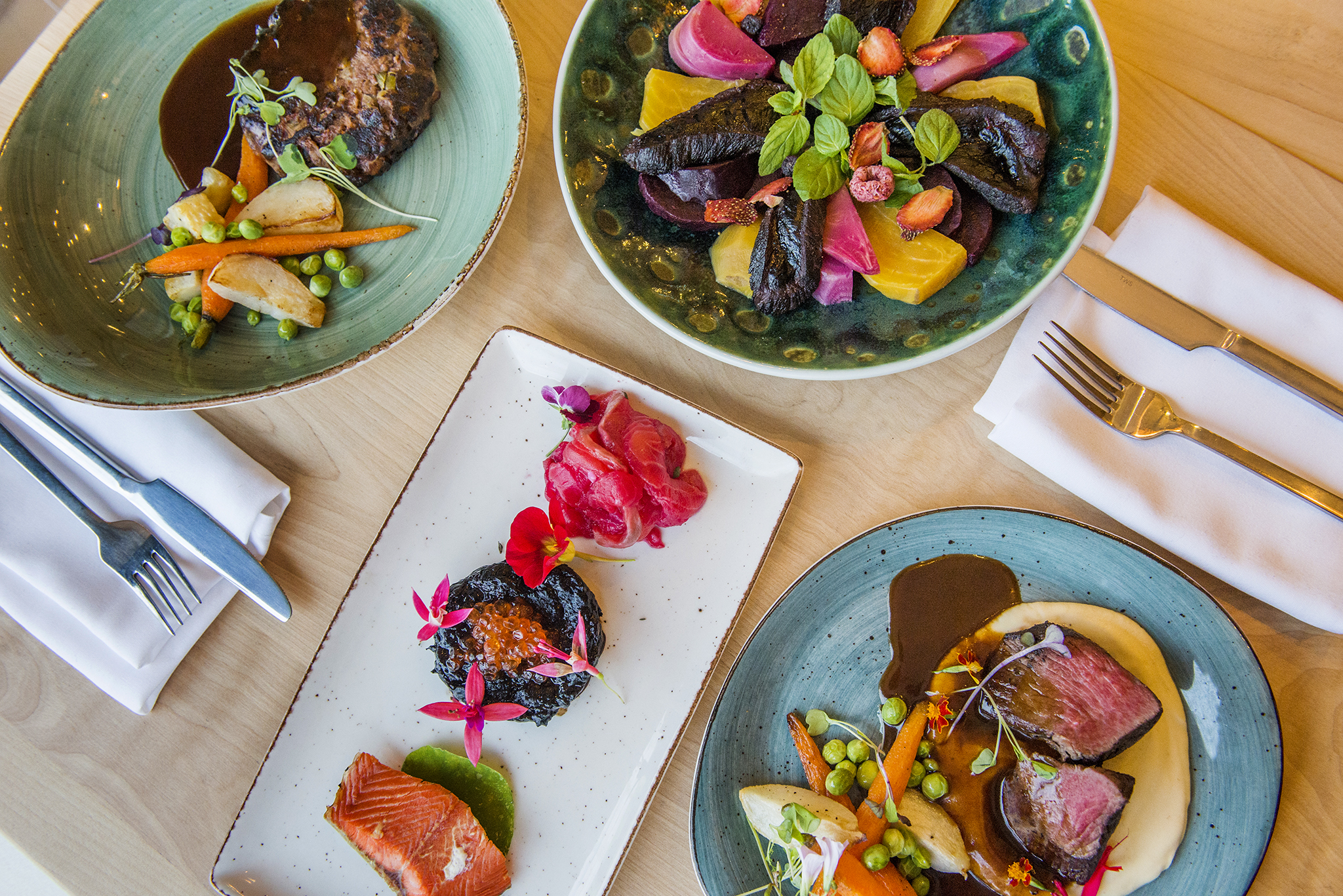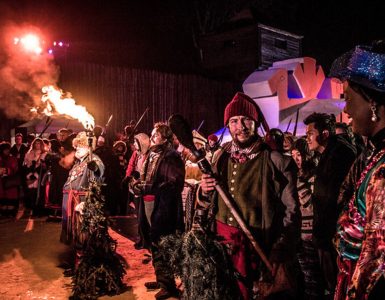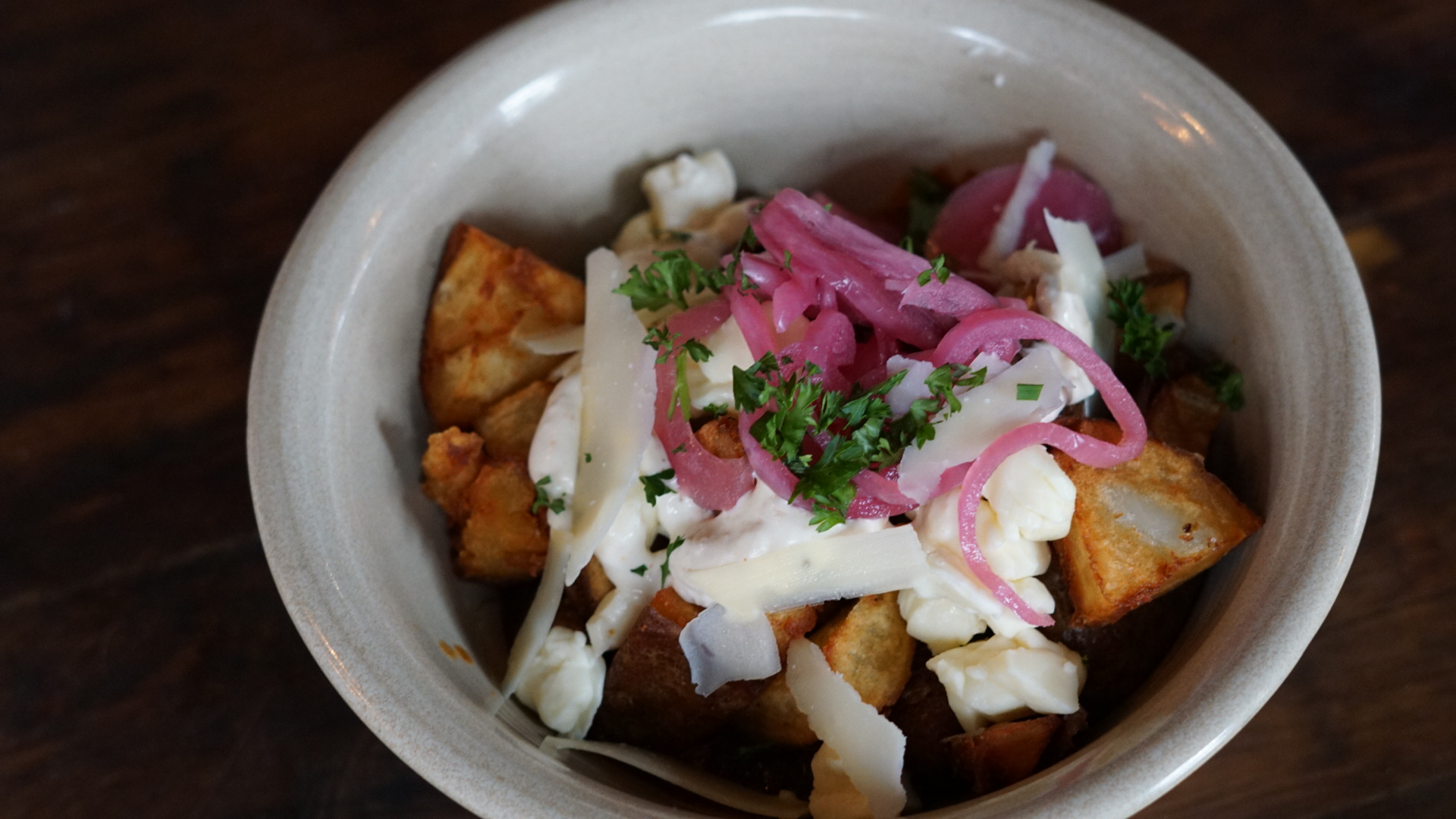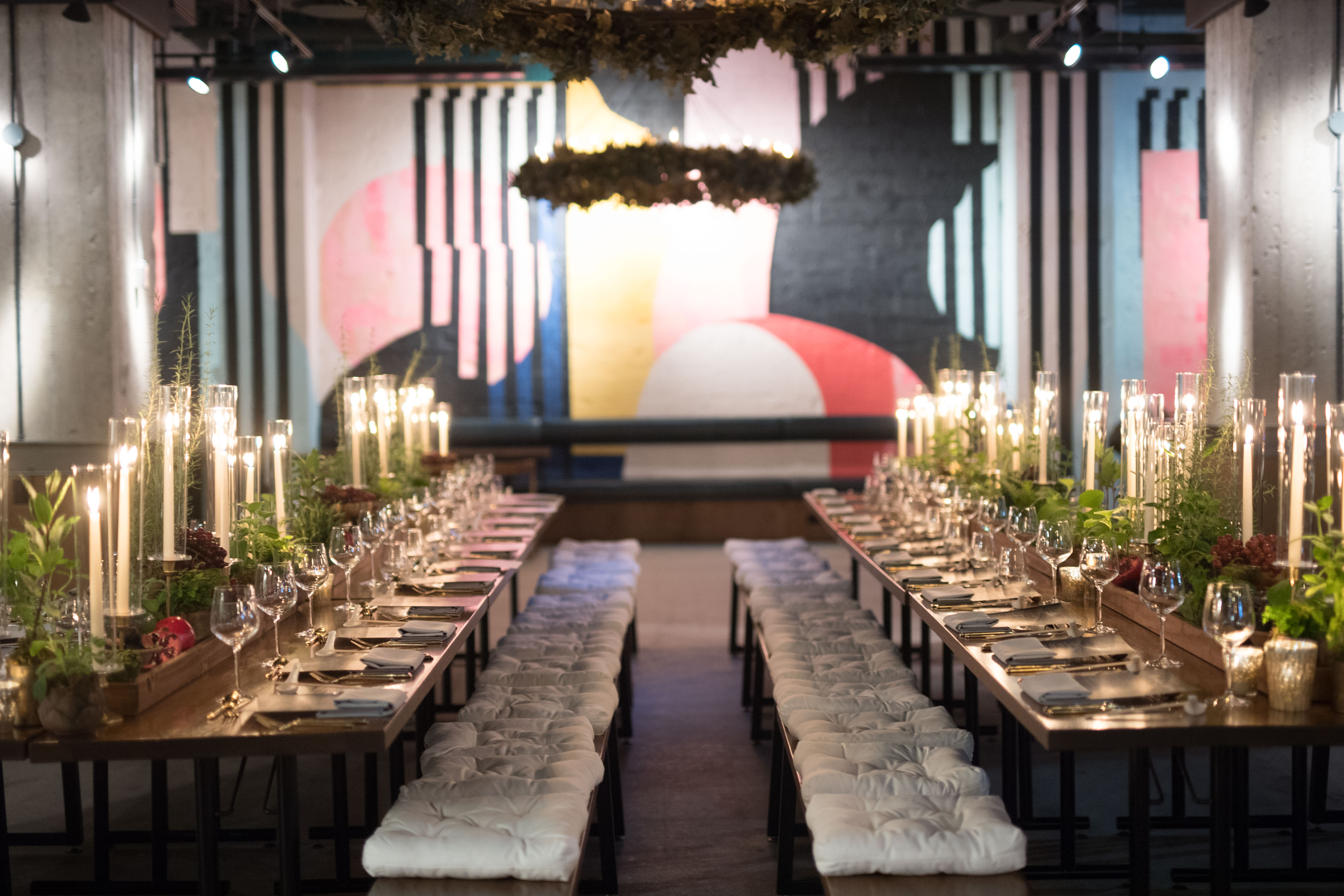Kū-Kŭm looks intimate and modest on Mount Pleasant, not far from the busy north Toronto hub of Yonge and Eglinton. Inside you’ll likely find a motley collection of diners who make this small Indigenous restaurant feel very local. A colourful mural wraps around the back walls, framing a glowing window into the kitchen.
We drop in early on a Wednesday evening and the manager isn’t sure if he can seat us. They’re fully booked, mid-week, no small feat for any new restaurant, but particularly one with an ingredient as controversial as seal on the menu.
I’m reminded of the recent protests of animal rights activists outside another of Toronto’s game meat restaurants, Antler, that have garnered international attention. Perhaps, like Antler, the headline-grabbing backlash that Kū-Kŭm once faced for its seal dishes has actually been a boon.
Debunking the seal meat myths

The age-old problem with seal hunting in Canada, I’ve come to learn, is that it’s wholly misunderstood. Let’s get one thing straight: nobody is clubbing baby seals.
It’s been illegal to kill a “white coat” baby seal since 1987, and the tools Indigenous people use to hunt seal aren’t clubs, they’re called hak-a-piks which are designed to deliver a swift death.
In 1986 a Canadian Royal Commission concluded that the seal hunt was humane, sustainable, served an important purpose and involved minimal animal waste. Yet the science continues to be overshadowed by the international anti-seal hunting campaigns of the 70s and 80s.
Kū-Kŭm’s chef Joseph Shawana explains that in most northern communities of Canada, seal is a staple dish that sustains the livelihoods of many Canadians. “I put seal on our menu to highlight the dish that has nourished and sustained lives for thousands of years. It’s my way of paying honour to our northern sisters and brothers,” he says.
Seal meat is also insanely nutritious. It contains more protein, magnesium and vitamin B12 than pork, beef, chicken or cod. Compared to the next highest yielding meats, it has a whopping 33 times more iron than beef and 7.5 times more calcium than chicken. It’s also free of the hormones you often find in most industrially farmed meat products.
But on top of all that, it’s absolutely delicious. The intensely dark meat, almost black, has a deeply rich flavour and texture similar to foie gras.
What to order at Kū-Kŭm
Kū-Kŭm’s crowning ingredients are its game meats, so look for their signature seal pâté and seal loin as you scan the menu. They’re served with fresh, earthy flavours like mushroom, wild onions, garlic and beets. And, of course, traditional bannock bread. You’ll also find caribou, elk, venison and rabbit.

Fruits and herbs like wild blueberries and sage complete the nature-inspired dishes with zesty finesse. The pine needle and cedar tea sorbet is not to be missed for dessert, and you can wash it all down with a craft beer from Manitoulin Brewery.

Chef Shawana has used his French culinary experience to elevate simple Indigenous cooking and breathe fine-dining life into this little-explored cuisine. A dinner at Kū-Kŭm is like a nostalgic journey through an enchanted forest. It’s down-to-earth yet delightfully unexpected and polished, and I can’t wait to come back.
Kū-Kŭm is helping the city remember its roots and envision a bright future
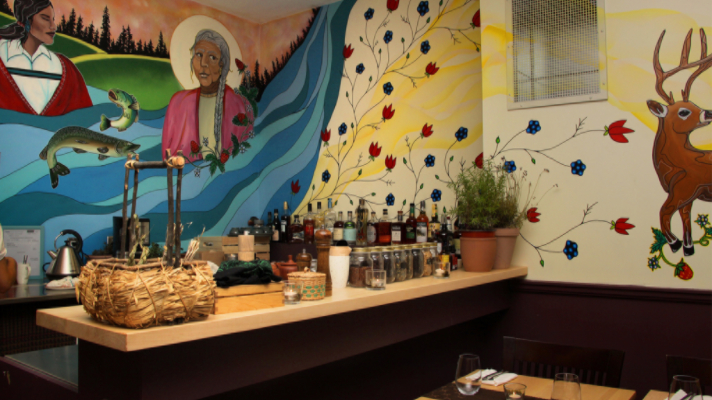
The restaurant’s ethos is rooted in family and tradition: “Kū-Kŭm means Grandmother in Cree. My grandmother was and is a huge part in my family’s life. She was always cooking. At a very young age she taught me that food always brings family together,” Shawana says.
Today Kū-Kŭm is one of a small family of new Indigenous restaurants in Toronto (check out NishDish, Tea n Bannock and Pow Wow Café, too) that are helping to alter an all too rocky relationship with Indigenous people and culture, of which the backlash against the seal hunt is just one example.
When we finish our meal chef Shawana wanders into the dining room with his son Hawk, a quiet yet inquisitive boy of 3 who smiles playfully, hiding behind his Dad’s leg when I grin and wave. I hope he grows up to feel as strongly as his father about the importance of bringing Canada’s Indigenous culture and cuisine further into the spotlight. Something tells me he will.
Recommended Resources
Cook indigenous cuisine at home: Traditional indigenous cuisine is centred around the “Three Sisters”; corn, beans and squash, as well as meats like seal and turkey, and wild herbs and berries. If your town/city does not have restaurants serving indigenous cuisine, consider cooking it at home. Start with A Feast for All Seasons: Traditional Native People’s Cuisine by Andrew George, an indigenous chef from the Wet’suwet’en Nation in British Columbia. This beautiful cookbook of traditional indigenous cuisine includes simple recipes and mouthwatering photos. Andrew has also written Modern Native Feasts: Healthy, Innovative, Sustainable Cuisine.
Learn more about Canada’s indigenous culture: The indigenous people of Canada are an essential part of who we are as Canadians. Make time to read about their culture and history. Here are a few suggestions.
- Our Story: Aboriginal Voices on Canada’s Past by Thomas King: A collection of short stories by Aboriginal writers exploring crucial Canadian events from an aboriginal perspective.
- The Inconvenient Indian: A Curious Account of Native People in North America by Thomas King: this book is an absolutely essential read on the Indian-White relations. Volleying between Canada and the Canada, Thomas King explores everything from aboriginal people in film to pop culture to Native rights activism. Not nearly as dry as it may sound. Honestly, we couldn’t put this one down!
- Indigenous Healing: Exploring Traditional Paths by Rupert Ross: Along with Thomas King’s book above, Indigenous Healing is an essential read for anyone wishing to learn about (and understand) indigenous culture – “He examines them here with a special focus on residential schools and their power to destabilize entire communities long after the last school has closed. With help from many indigenous authors, he explores their emerging conviction that healing is now better described as “decolonization therapy.” And the key to healing, they assert, is a return to the traditional indigenous world view.”
Guidebook Recommendation: Travelling to Canada? Lonely Planet’s Canada guidebook is a fabulous resource for things to see and do, as well as accommodation options.

